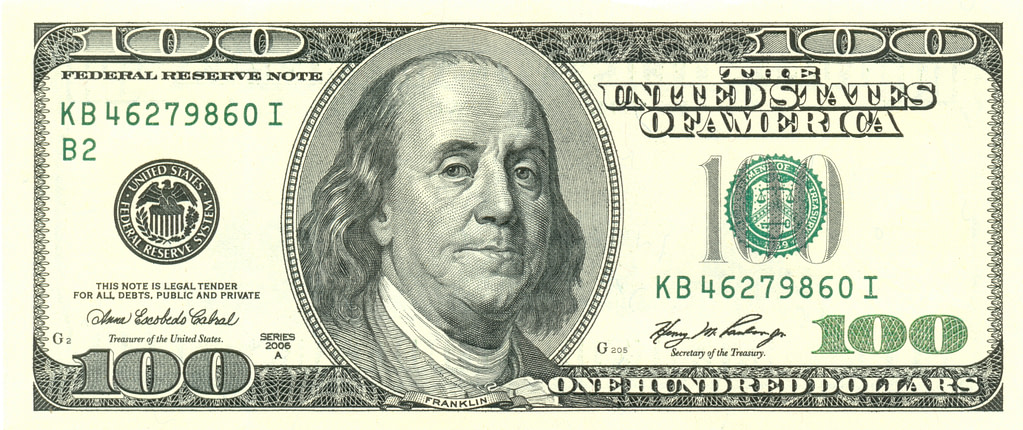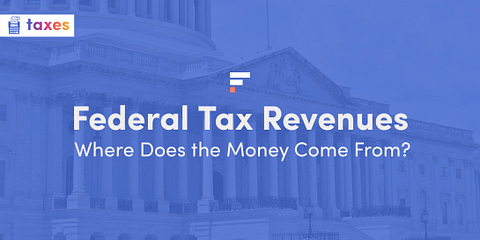Many people today don’t often use coins or paper money anymore, preferring instead the convenience of a credit card, debit card, or even a smartphone. But the history of American currency in the United States is actually (surprisingly) very fascinating.
For example, did you know that there were redbacks before there were greenbacks? And that after the Revolutionary War our currency was so worthless that the phrase “not worth a Continental” was a regular part of the everyday language?
But beyond these interesting tidbits, the evolution of the American currency helps to frame the history of finance in the United States, as our rapidly expanding nation struggled, failed, and ultimately succeeded in creating a reliable monetary and banking system. Creating trust in paper notes has been an enduring theme in the history of American finance, banking, and currency.
So, read on below for a brief glimpse of America’s – and your wallet’s – financial history.
1. Continental Currency
📅 1775 – 1790
To finance the Revolutionary War, the Continental Congress issued paper money, backed by the “anticipation” of tax revenues. It was the first federally issued paper money.
Without solid backing and easily counterfeited, the Continental currency notes quickly became devalued, giving rise to the phrase “not worth a Continental.” Continental currency depreciated rapidly, becoming practically worthless by the end of the war.

2. Silver Coins
📅 1792 – 1863
Congress passed the first Coinage Act in 1792 giving the United States Mint responsibility for creating coins for public use.
A silver coin is usually 90% silver with the remaining 10% of copper for strength. The law directed money to be made from copper, silver, and gold. Today, these coins (quarters and dimes) are comprised of 75% copper and 25% nickel alloy.

💡 The Coinage Act allowed people to have their own silver or gold bullion coined at the mint for free. You could also exchange your bullion for the equivalent value of the coin for a charge of 1.5% of the bullion weight.
3. Gold Coins
📅 1795 – Present
In 1795, the first official gold coins were minted in the United States. When gold was discovered in California in 1948, two new denominations were struck, the gold dollar and the double eagle.
Popular among collectors, modern gold coins are used primarily for investment purposes.

💡 The first gold $1 coins were permitted in 1849. These coins, which contain just one dollar’s worth of gold, are the smallest ever produced by the United States.
4. Texas Dollar
📅 1837 – 1840
The Republic of Texas first issued paper money in 1837. This currency was called “Star Money” for the small star on the face of the bill. The Star Money was not face value currency, but rather interest-bearing notes (similar to a Treasury Bill) that circulated by being endorsed over to the next payee.
In 1838, Texas issued change notes with elaborate designs on the front and blank backs. The so-called Texas “Redbacks” were issued in 1839 with the name coming from the reddish color of the back of the bills.
💡 The Texas government printed over two million dollars in redbacks. Redbacks were initially worth about 37 cents to a U.S. dollar.
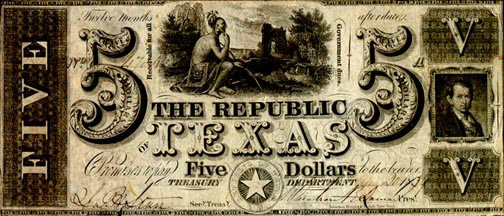
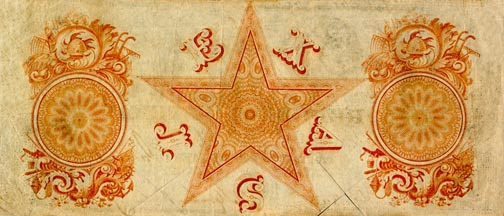
5. State Bank Notes
📅 1837 – 1863

Issued by state-chartered, private banks, State Bank Notes became the dominant form of currency after 1836. With more than 7,000 varieties of color and design, they were easily counterfeited, causing confusion and circulation problems.
No federal regulations regarding banking existed, creating what is referred to as the Free Banking Era. Because of the public’s lack of trust in the banking industry, there were widespread bank failures during this time as the public removed their funds from the banks.
Eventually, Congress levied a tax on State Bank Notes that decreased their value, until they were eventually phased out of circulation.
💡 During the free banking era, banks had an average lifespan of just five years. Approximately half of the banks collapsed and a third went out of business because they could not redeem their notes.
6. Confederate Currency
📅 1861 – 1864
During the Civil War, the Confederacy printed and issued notes from the Treasury of its newly formed government.
The Confederate States of America dollar was first issued just before the outbreak of the Civil War. It was not backed by tangible assets, but simply by a promise to pay the bearer after the war.
As the war began to tilt against the Confederates, confidence in the currency diminished, and inflation followed. By the end of 1864, the currency was practically worthless.

💡 The Confederate bills featured a wide range of imagery, including slaves, naval ships, railroads, animals, Confederate politicians, and mythological Greek gods and goddesses.
7. Fractional Currency
📅 1862 – 1876
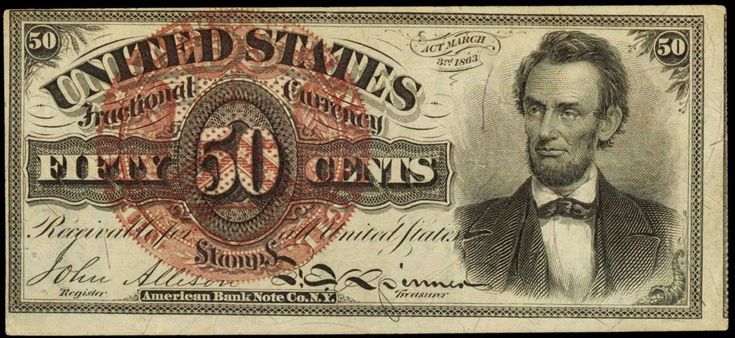
Fractional currency, also referred to as “paper coins” and “shinplasters” (as the quality of the paper was so poor that with a bit of starch it could be used to make paper mache–like plasters to be used to treat wounded legs), was introduced by the United States government following the outbreak of the Civil War.
These fractional notes were in use between 1862 and 1876, and issued in 3-, 5-, 10-, 15-, 25-, and 50-cent denominations. Fractional currency was used to provide change at a time when people were hoarding gold and silver.
8. Demand Notes
📅 1861 – 1917
To finance the Civil War, the U.S. Treasury issued paper money for the first time in the form of non-interest bearing notes, popularly called “greenbacks” due to the distinctive green ink.
The U.S. government placed demand notes into circulation and used them to pay salaries and expenses incurred during the Civil War.

💡 The statue on the front of the five-dollar note is the Capitol’s Statue of Freedom, also known as Armed Freedom or simply Freedom. The bronze statue was designed by Thomas Crawford. Since 1863 this statue has crowned the dome of the U.S. Capitol building in Washington, D.C.
9. National Bank Notes
📅 1863 – 1935
Backed by United States bonds, these notes were issued by national banks and chartered by the United States government.
State banks issued their own notes prior to the Civil War, but in 1863, the National Banking Act established a system of national banks. The new banks issued these national bank notes with federal oversight. This currency was sometimes called “hometown” notes, due to the wide range of towns and cities that issued them.
More than 7,600 banks were in existence as of January 1, 1929. National bank notes were discontinued in 1935; however, they can still be redeemed at their face value at the Department of the Treasury.

💡 The national bank notes are avidly studied and collected by banknote enthusiasts. Because some of these banknotes are associated with rare banks, specific towns and states, and combinations thereof they are often quite desired by collectors and also valuable.
10. Gold Certificates
📅 1865 – 1933

First authorized by the United States government, gold certificates were first printed in 1865, backed by gold coin and bullion deposits.
Initially, gold certificates were exclusively used for transactions between banks. In 1882, a general-circulation gold certificate was issued.
A gold certificate was a document that showed ownership of gold, without people having to store the actual gold. At a rate of $20.67 per troy ounce established by the Coinage Act of 1834, these gold certificates were used as actual currency, redeemable for goods and services.
The Gold Reserve Act of 1933 required the surrender of all gold certificates, rendering them obsolete. However, it is legal to collect them today as restrictions were removed in 1964.
Gold certificates are still issued by some banks and other businesses as proof of ownership of the specified amount of gold bullion.
11. Silver Certificates
📅 1878 – 1963
The Coinage Act of 1873 caused standard silver dollars to stop being produced. The Treasury printed out promissory notes on paper that were legal tender redeemable in silver dollars. These were silver certificates, printed from 1878 to 1963 and were backed by silver bullion purchased by the U.S. Treasury.
Redemption for silver ended on June 24, 1968, with millions of unredeemed silver certificates still in circulation.

💡 The Coinage Act of 1873 was referred to as the “Crime of 1873”. The act set the stage for the highly controversial adoption of the gold standard. This meant that people were no longer able to turn their silver into legal tender.
12. Federal Reserve Bank Notes
📅 1913 – 1935
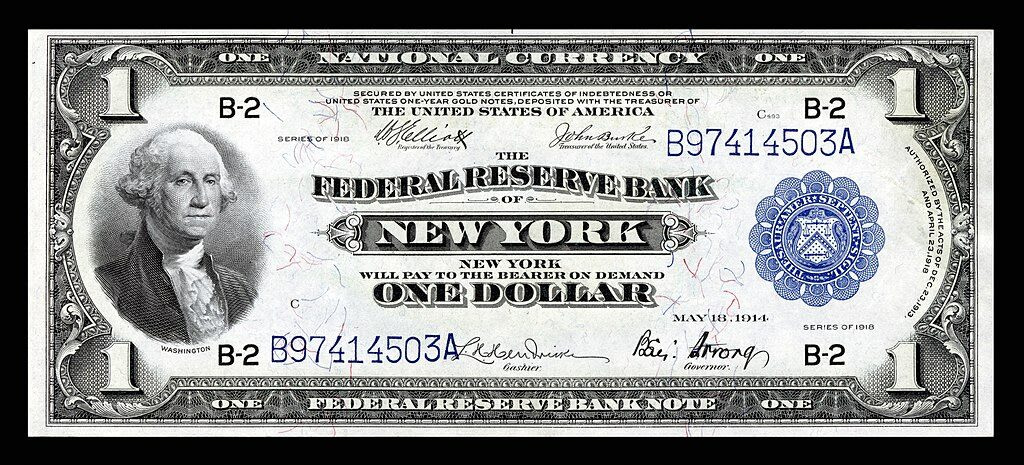
Federal Reserve Bank Notes were first authorized by Congress in 1913 when the Federal Reserve System was established. These notes were obligations of the specific Federal Reserve Banks named on the face of the note.
Federal Reserve Bank Notes differ from Federal Reserve Notes in that they are backed by one of the 12 Federal Reserve Banks, rather than by all collectively. They were backed in a similar way to national bank notes, using U.S. bonds, but by Federal Reserve Banks instead of chartered national banks.
The first denominations issued were $5, $10, and $20. Additional denominations of $1, $2 and $50 were issued in 1918 as an emergency replacement for Silver Certificates.
Federal Reserve Bank Notes are no longer issued. The issuance was discontinued in 1935. The only U.S. bank notes still in production are Federal Reserve Notes.
💡 The Federal Reserve Bank Notes shared design elements of both the National Bank Notes and the Federal Reserve Notes of the time.
13. Federal Reserve Notes
📅 1913 – Present
Federal Reserve Notes were introduced with the Federal Reserve Act of 1913 to help promote a central banking system.
Federal Reserve Notes comprise more than 99% of today’s paper currency and are currently issued in denominations of $1, $2, $5, $10, $10, $50, and $100.
Before 1945, Federal Reserve Notes were also printed in denominations up to $10,000, but the larger bills were retired in 1969 due to the lack of demand.
The Federal Reserve does not print currency or mint coins. It acts as a holding facility and distributor for the Bureau of Engraving & Printing and the United States Mint.
💡 Federal Reserve notes are a blend of 25 percent linen and 75 percent cotton. Banknote paper has small red and blue synthetic fibers of varying lengths evenly distributed throughout the paper. It takes 4,000 double folds back and forth to tear a banknote.
Want to Learn More?
Information from this post was adapted from a brochure I got at The Money Museum at the Federal Reserve Bank of Kansas City – Denver Branch, in downtown Denver. It’s worth a stop if you’re ever in Denver – the museum’s free and you get a bag of $165 in shredded dollar bills when you leave… so technically you actually make money by going! 😉
If you want to learn more about the history of money and finance in general, then I would check out The Ascent of Money by Harvard history professor Niall Ferguson. He also has a 4-hour long, 4-episode series over at PBS covering the same topic as the book, if you’d rather watch than read.
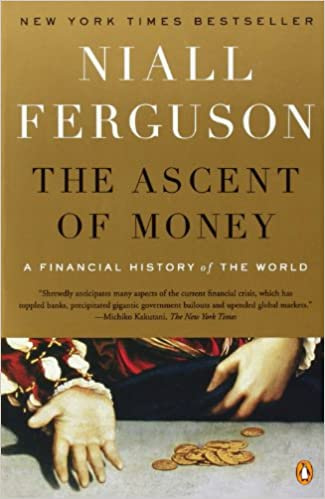
The Ascent of Money: A Financial History of the World
BY NIALL FERGUSON
Niall Ferguson follows the money to tell the human story behind the evolution of our financial system, from its genesis in ancient Mesopotamia to the latest upheavals on what he calls Planet Finance. What’s more, Ferguson reveals financial history as the essential backstory behind all history, arguing that the evolution of credit and debt was as important as any technological innovation in the rise of civilization.


